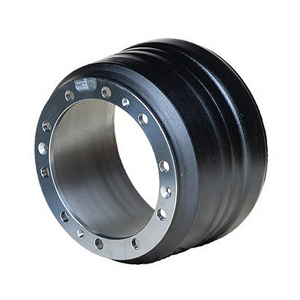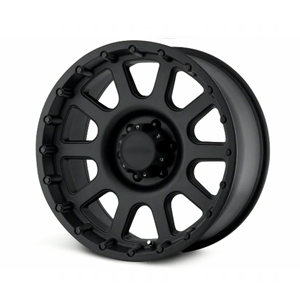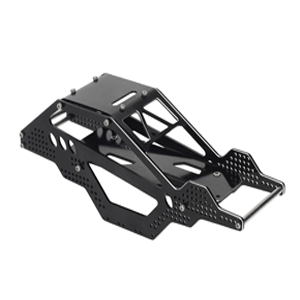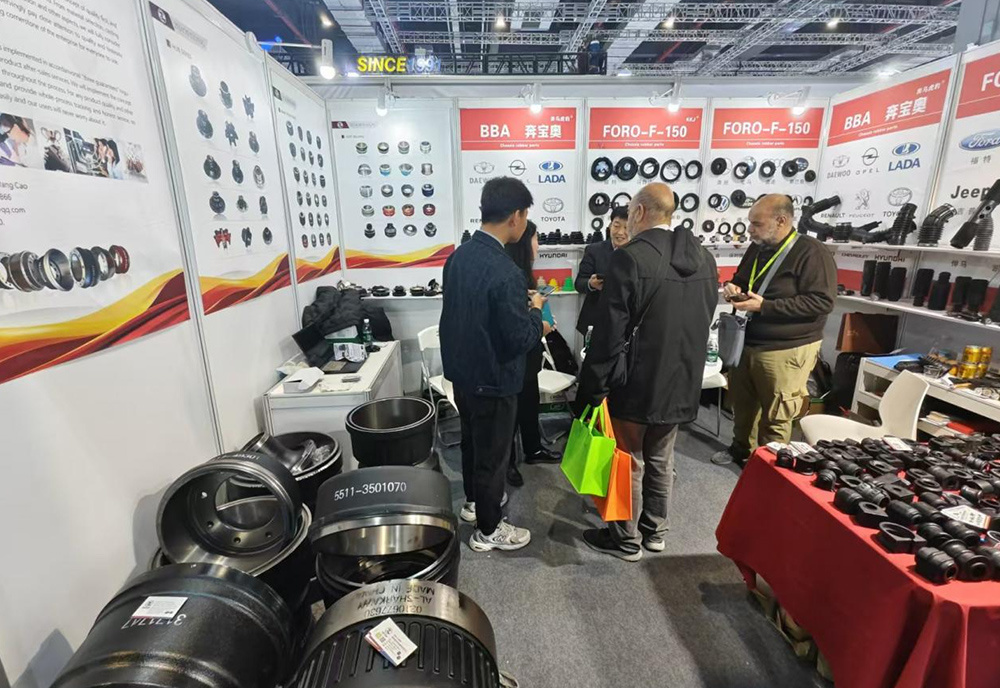The favorite of new energy vehicles - what is the difference between drum brakes, disc brakes and drum brakes?
Dec 05,2024

We all know that the braking methods used in current family cars are nothing more than disc brakes (disc brakes) and drum brakes (drum brakes). In the eyes of most people, disc brakes represent high-end and drum brakes represent backwardness. Is this really the case? Let's explain them one by one.
1. Disc brakes (disc brakes)
1. Components
The main components of disc brakes are: master cylinder, slave cylinder, brake disc, brake caliper, brake pad, oil pipe, etc.
2. Braking principle
The braking principle of disc brakes is very simple and easy to explain. When the vehicle needs to slow down, the brake caliper will clamp the brake disc, and the car will slow down by the friction between the brake pad and the brake disc, just like you can use two fingers to clamp a piece of paper. The brake caliper is pushed by the brake piston, and the power of the brake piston comes from hydraulic pressure. During the braking process, the original mechanical energy of the vehicle is converted into heat energy and then thrown into the air.
3. Advantages
Because the brake disc of the disc brake is exposed to the air, the brake disc can be directly cooled by air during driving, which can cool down relatively quickly and prevent the brake from thermal decaying quickly. And the force of the piston pushing the brake caliper to clamp the brake disc is linearly related to the force of the driver's braking, so the driver can easily control the braking force.
4. Disadvantages
As long as the car with disc brakes needs to be equipped with a power-assist system for the brakes, because the driver's foot alone cannot reach the required braking force. Most of the vehicle power-assist systems rely on vacuum brake booster pumps, and the vacuum force generally comes from the negative pressure generated by the engine intake manifold. This also explains the opportunity of "one brake" after parking and turning off the engine, because there is no power assist when the second brake is applied, and the brake pedal is as hard as a stone.
2. Drum brake (drum brake)
1. Composition
The typical drum brake is mainly composed of bottom plate, brake drum, brake shoe, wheel cylinder (brake wheel cylinder), return spring, positioning pin and other components.
2. Braking principle
The brake drum is installed on the wheel hub and is a component that rotates with the wheel. It is made of a certain amount of cast iron and is shaped like a round drum. When braking, the wheel cylinder piston pushes the brake drum (inside), and the brake drum is decelerated by friction, forcing the wheel to stop rolling.
Of course, the processing and structure of drum brake parts are relatively simple, which can greatly reduce the manufacturing cost. This is why we think that drum brakes are simple and poorly understood.
3. Disadvantages
Because it is a nearly closed brake drum, the heat dissipation capacity of drum brakes is much worse than that of disc brakes. The diameter of the brake drum will increase after heating, which will increase the stroke of stepping on the brake pedal and easily cause brake thermal attenuation.
Because drum brakes have another advantage over disc brakes that seems not to be an advantage - the return spring. Due to the existence of the drum brake return spring, when braking is not needed (the brake is released), the brake shoe and the brake drum can be separated instantly, and no extra power will be wasted at all. The separation of the disc brake pad and the brake disc is not so fast, and the energy waste is very small, but for a pure electric vehicle with a small-capacity battery, it means that it can run farther.
NEXT:
Contact
E-mail:
Phone
Add:
West of Dongwang Village, Gucheng Town, Longyao County, Xingtai City, Hebei Province












